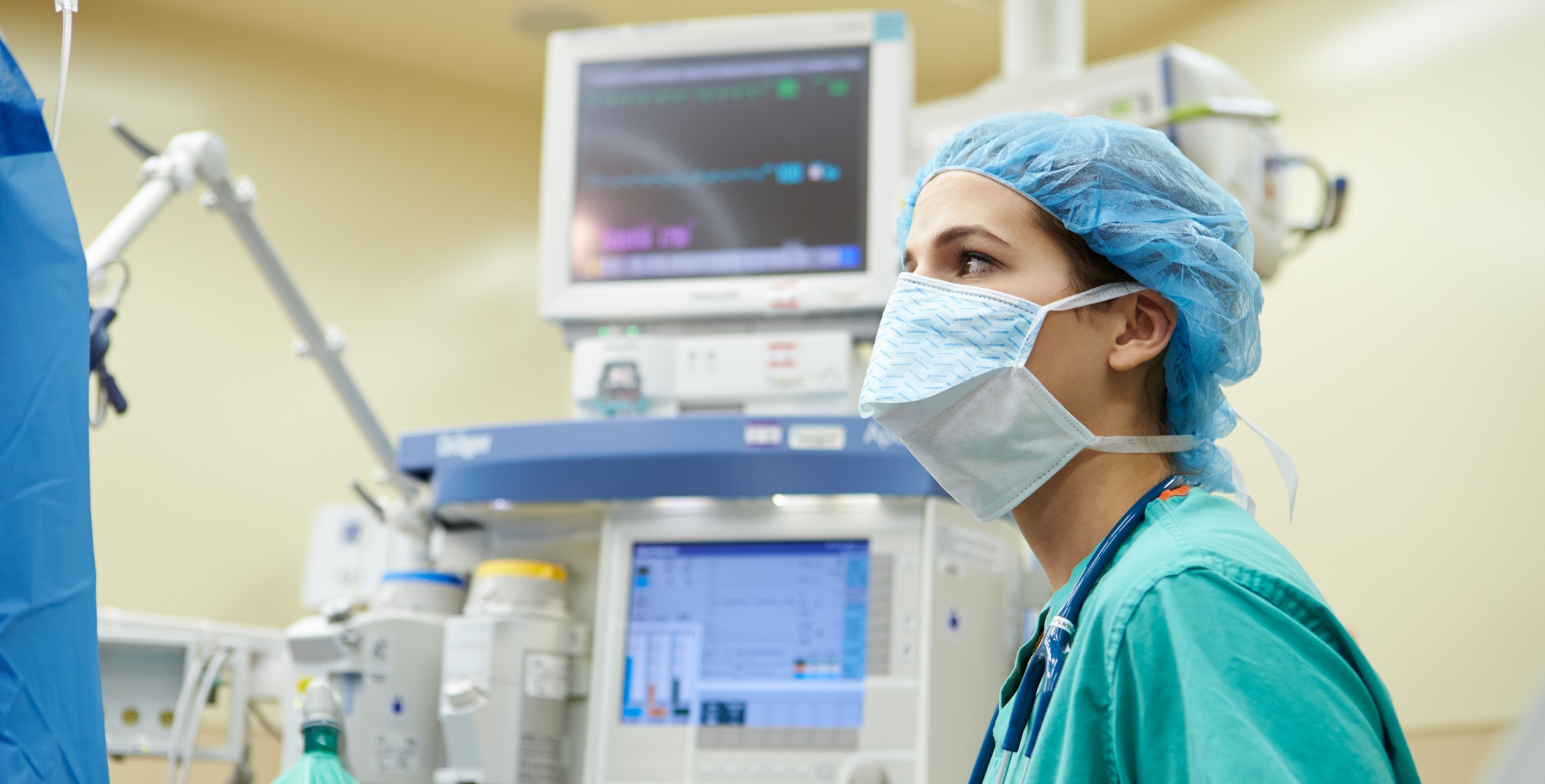Anesthesia is the desensitization of the body, which is necessary before a surgical intervention. It is induced through the use of drugs and can affect the entire body or part of it.
Under general anesthesia, the patient is asleep and fully anesthetized and therefore, is not conscious during surgery. The loco-regional anesthesia instead, only affects the area that will be operated.
Dr. Orazio Difrancesco, an Anesthesiologist at Humanitas, explains how recovery from anesthesia is carried out.
Waking from Anesthesia: How it’s Done
“The awakening occurs through the discontinuation of the drugs that keep the patient asleep. Nowadays we have safer, well tolerated and effective drugs, whose duration is short. This also means that the patient will eliminate them earlier than in the past.
Given the short duration of the medication, during surgery the Anesthesiologist continues to administer anesthetic drugs intravenously or inhaled, while also checking reflexes, consciousness and the patient’s vital signs. When it is time for the patient to wake up, the Anesthesiologist stops administering medications and this means that the patient will wake up in a few minutes.
If longer-acting anesthetics were used during an intervention, we use drugs that clear these anesthetics so that the patient could return to a waking state”, explains Dr. Difrancesco.
-
3,400 Physicians
-
110,400 Annual surgeries
-
190,400 Annual Inpatient Admissions
-
928,000 Patients


